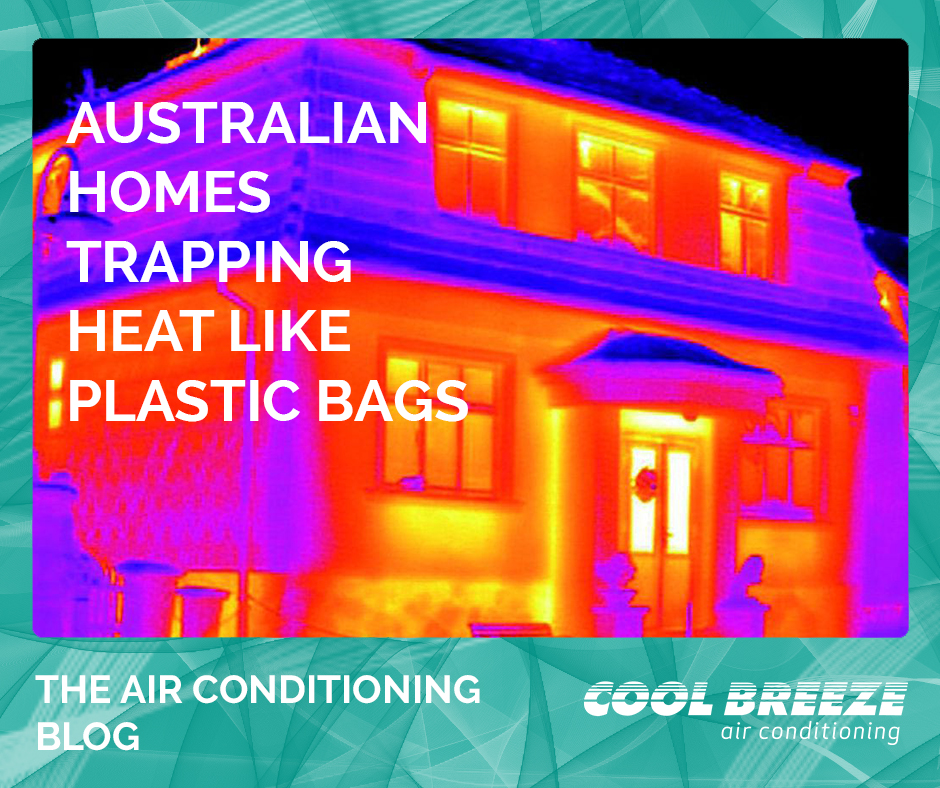Despite the fact that Australian cities regularly see summer days exceeding 35˚C, modern Australian homes are not built to resist heat.
Experts are now calling for the Building Code of Australia to be updated, to promote more heat stress-resistant designs.
University of South Australia Research Associate Gertrud Hatvani-Kovacs has co-authored the paper ‘Heat stress-resistant building design in the Australian context’, which argues that energy efficient design in Australian homes does not necessarily increase heat stress resistance.
Speaking to ABC News, Dr Hatvani-Kovacs said the existing building code supported energy efficiency but did not “necessarily encourage heat-stress resistance”.
“The real concern is, with newly-built buildings that are compliant with the building code, they might get over-insulated and have very high airtightness, but at the same time they lack the natural ventilation and have a lack of shading devices,” she said.
“They behave like a plastic bag and do not let the building cool down, so their energy efficiency can be very counterproductive.”
Poor insulation and bad design appears to be the culprit, creating the plastic bag phenomenon.
“Insulation is probably one of the biggest [issues],” ThermoView General Manager Sheena Trumble told ABC News. “The installers will go in and they’ll put it in and somebody will move it at some stage, or they’ll have forgotten a bit or missed a bit. We can see that almost instantly.”
Trumble’s company regularly carries out thermal imaging surveys of buildings, to see where heat is leaking out or getting trapped.
Based on the group’s findings, a building can be retrofitted to overcome temperature abnormalities in a targeted fashion.
EVAPORATIVE COOLING IDEAL TO COMBAT POOR BUILDING DESIGN
Dr Hatvani-Kovacs highlights some tips for more cost-effectively cooling your home, such as “us[ing] evaporative cooling compared to reverse cycle air conditioning.”
On concrete slab-based floors, she recommends rolling up and removing rugs to dissipate heat into the ground.
Retrofitting measures, such as changing the roof material, installing fly screens, double glazing or better external shading, would also make significant improvements. But, according to Dr Hatvani-Kovacs, the ultimate solution is to regulate modern houses to be built with better temperature management.
TIPS TO KEEP YOUR HOME COOL:
- Invest in more cost-effective evaporative cooling, such as Australian-made CoolBreeze Evaporative Air Conditioning
- Keep shades drawn during sunlight hours and open them, and windows, for ventilation at night
- Hang a wet blanket across open windows at night
- Remove carpets and rugs on concrete floors to dissipate heat into the ground beneath


